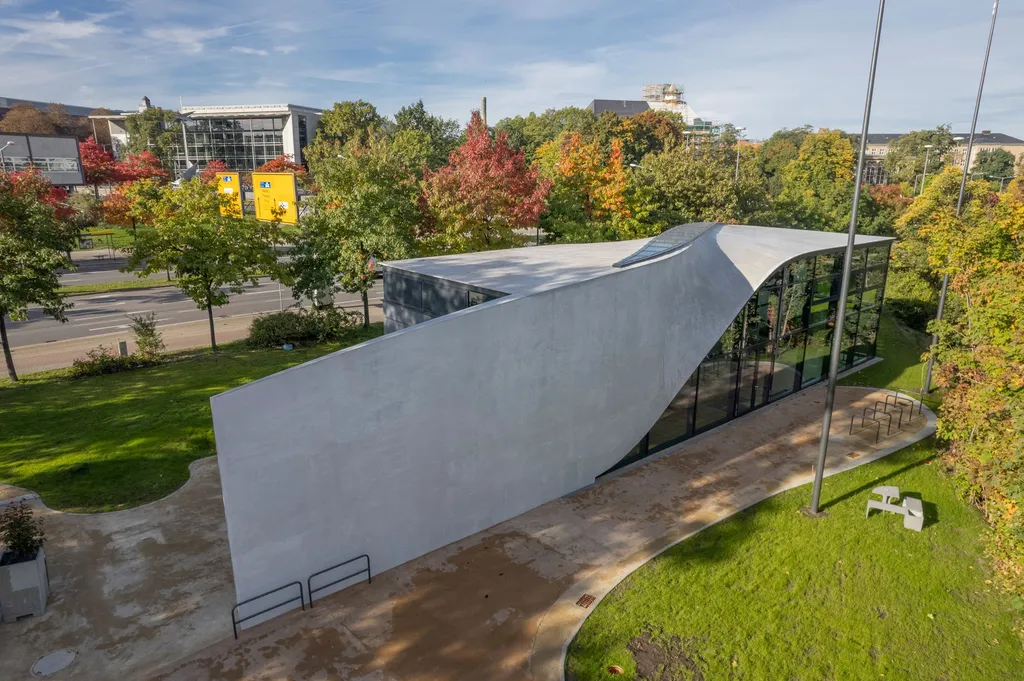In the heart of Fuzhou City, China, a quiet revolution is taking place, one that could reshape the future of rural construction and contribute significantly to the nation’s carbon neutrality goals. At the forefront of this transformation is Xin Wu, a researcher from the School of Architecture and Urban–Rural Planning at Fuzhou University, who is pioneering the use of prefabricated buildings in extreme hot–humid climates.
Wu’s recent study, published in the journal Buildings (translated as “Buildings” in English), focuses on the Yongtai County Digital Industrial Park, a testament to the potential of prefabricated public buildings in challenging climates. The research is a beacon of hope for the energy sector, promising reduced carbon emissions and improved economic benefits.
Traditional rural construction methods in China have long been criticized for their inefficiency and high resource consumption. Wu’s study highlights these issues, emphasizing the need for a shift towards more sustainable practices. “Current construction practices in rural areas are characterized by inefficiency, high resource consumption, and reliance on imported materials,” Wu explains. “These shortcomings not only jeopardize the attainment of climate objectives but also hinder equitable development between urban and rural regions.”
Wu’s innovative approach combines Building Information Modeling (BIM) with the Gaussian Two-Step Floating Catchment Area (G2SFCA) method for spatial accessibility assessment. This dual-perspective approach ensures that the proposed solutions are both technically rigorous and logistically feasible. The study found that prefabricated buildings significantly reduce embodied carbon emissions during the materialization phase compared to traditional cast-in-situ buildings.
The implications for the energy sector are profound. By promoting prefabricated buildings in rural areas with similar climatic conditions, the construction industry can make significant strides towards China’s dual carbon goals—peaking carbon emissions by 2030 and achieving carbon neutrality by 2060. This shift could also drive demand for sustainable materials and technologies, opening up new commercial opportunities.
Wu’s research also identifies bottlenecks in the spatial accessibility of prefabricated building material suppliers in Fuzhou City, paving the way for targeted interventions to improve supply chain efficiency. This holistic approach not only addresses environmental concerns but also economic ones, ensuring that rural revitalization is both sustainable and equitable.
As the world grapples with the urgent need to reduce carbon emissions, Wu’s work offers a compelling model for the future of rural construction. By embracing prefabricated buildings and innovative technologies, the energy sector can play a pivotal role in shaping a more sustainable and equitable world. Wu’s research is a testament to the power of innovation and a call to action for the industry to rise to the challenge.

